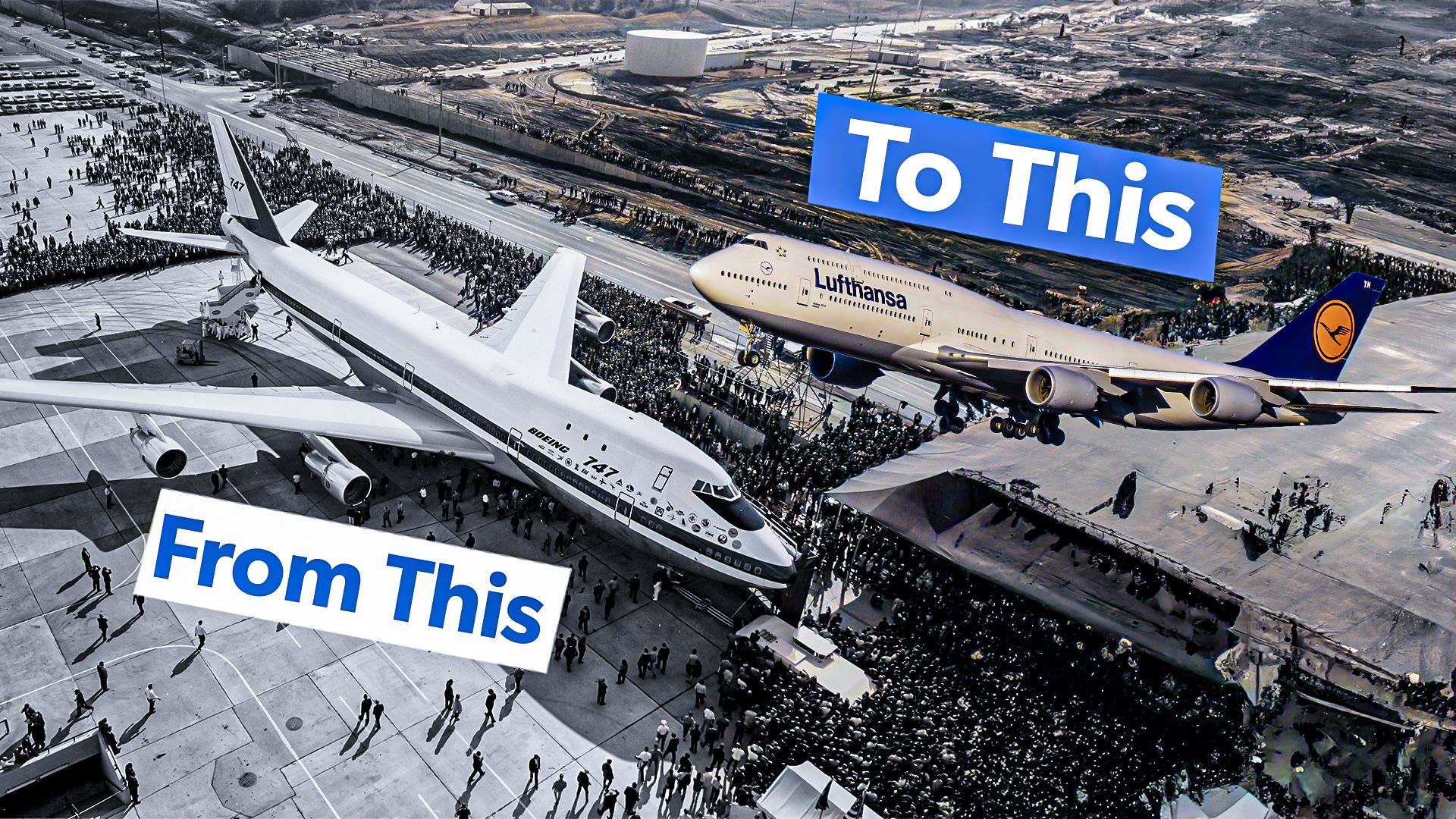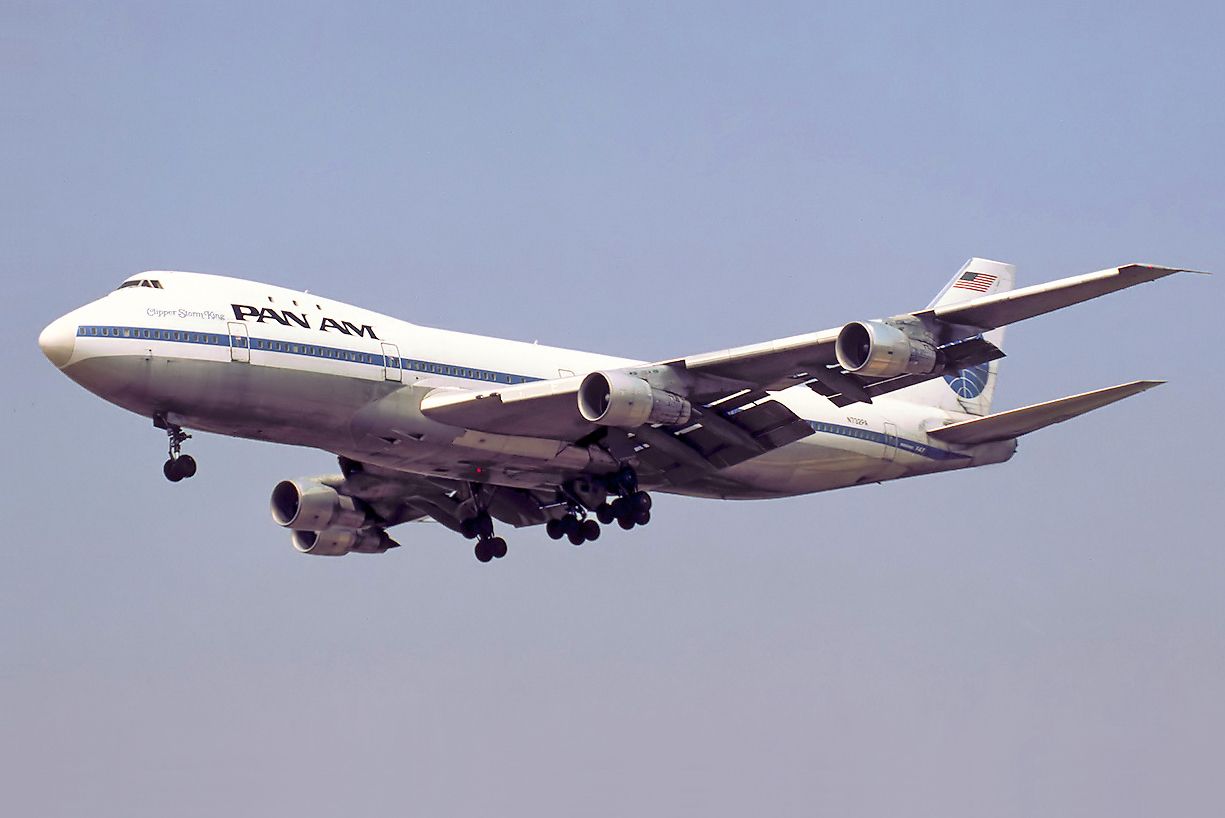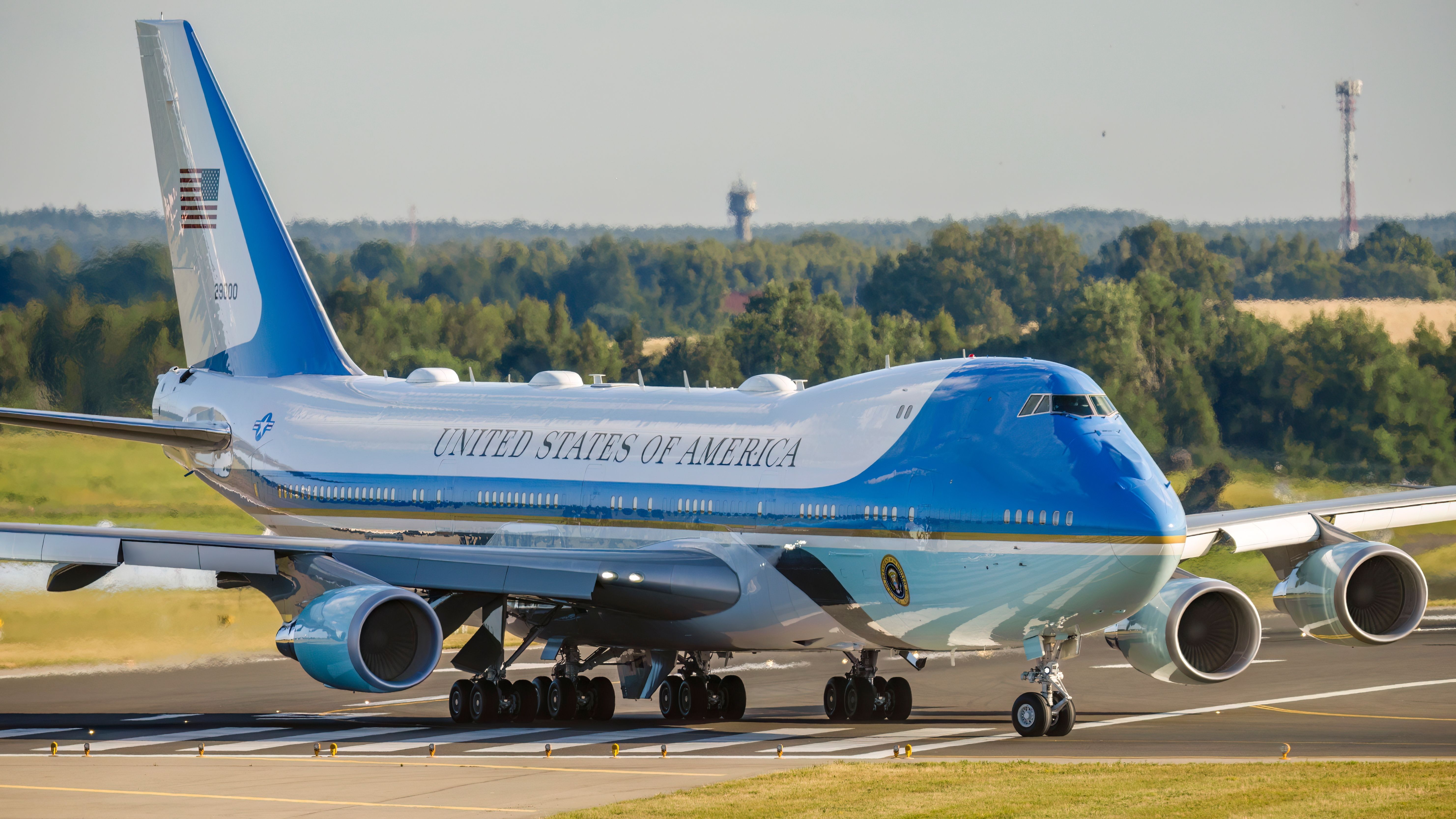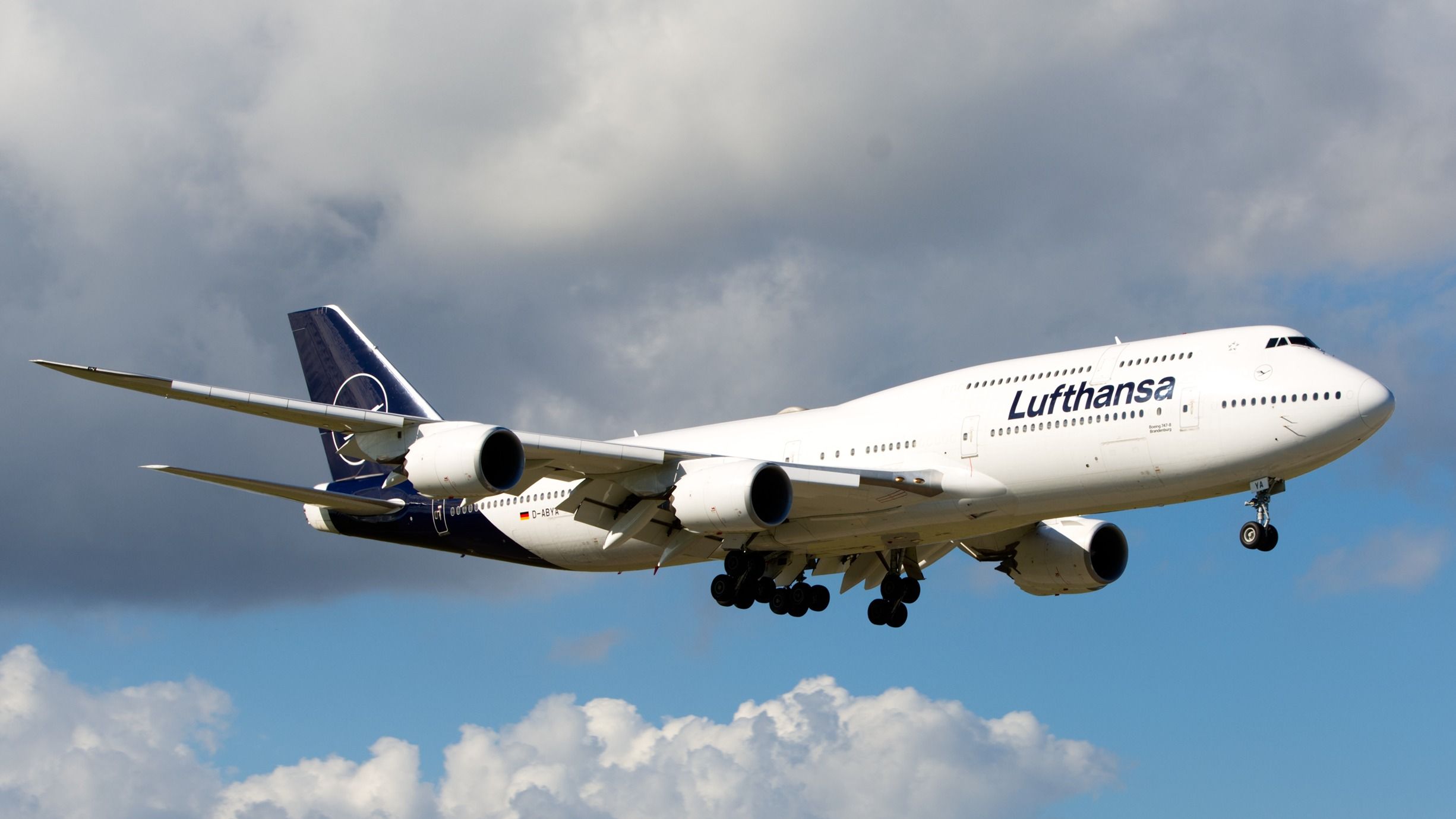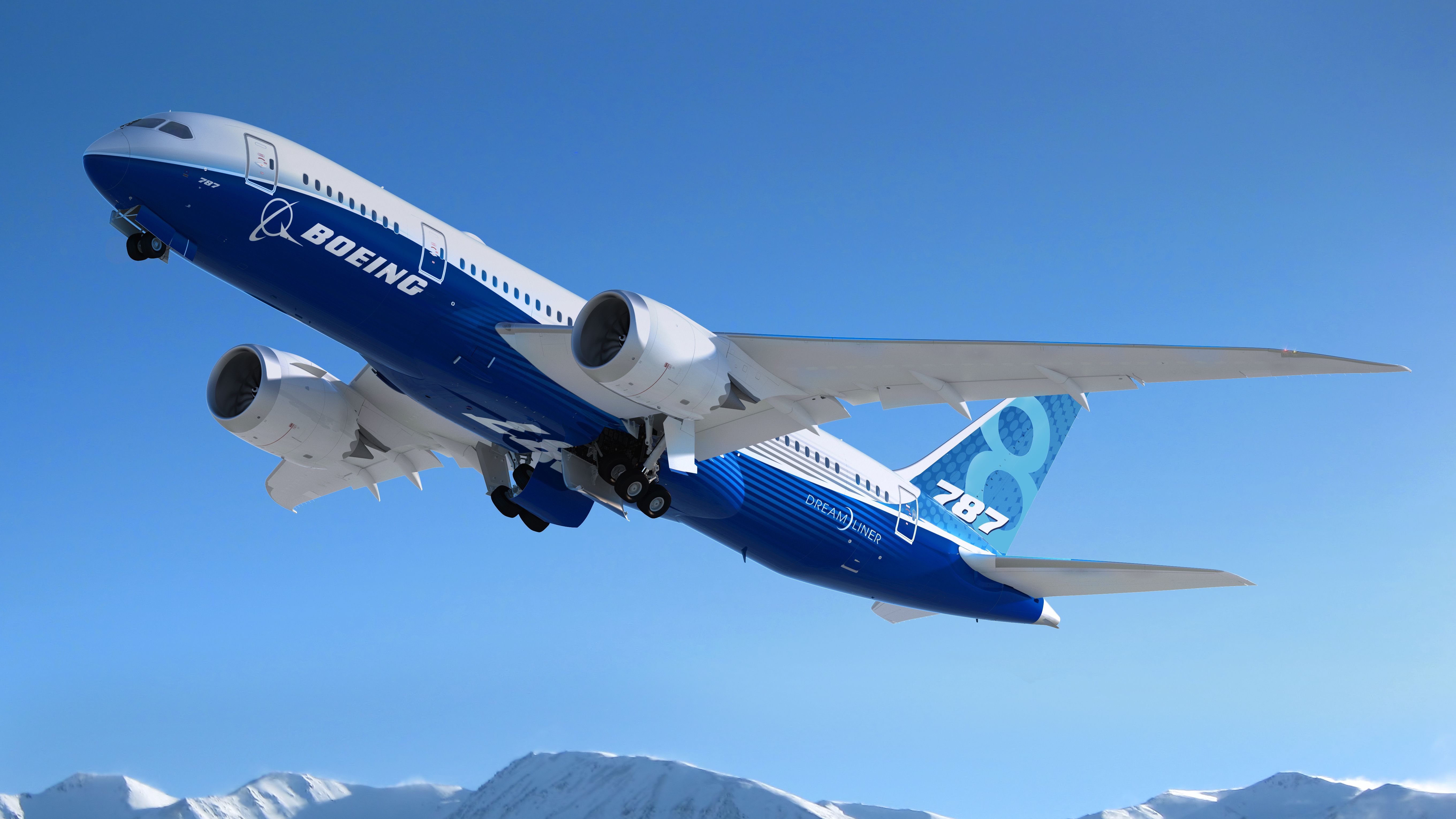Summary
- The Boeing 747, known as the Queen of the Skies, was the first widebody passenger aircraft.
- Safety was a core focus during manufacturing, involving 50,000 people from 17 countries.
- From the original 747-100 to the 747-8, Boeing increased capacity to nearly 500 passengers with improved variants.
The Boeing 747, known as one of the largest commercial airliners in the world, has been in development for more than five decades. While the size of the Queen of the Skies increased over the years, its popularity experienced the opposite. However, several examples continue to fly today in passenger and cargo operations. Some aircraft spent their early years transporting millions of passengers worldwide before being converted to cargo aircraft, while others were built as new freighters.
Although the 747 was not the first quadjet passenger aircraft, it still pioneered several advancements in aviation. The aircraft type has affectionately been called the “Jumbo Jet,” as it was the first widebody airliner. With an expansive cabin and a partial double-deck, the aircraft introduced the idea of larger capacity flights and game-changing premium features. However, Boeing developed the partial double-deck concept with future cargo conversions in mind—perhaps one of the most prominent features that point to the aircraft’s success today.
“How the widebody concept came into being”
Boeing engineer Joe Sutter was the Chief Engineer for the development of the 747. Sutter worked on the 737 program but was transferred to perform research with prominent airlines, such as Pan American Airways (Pan Am) on a larger commercial airliner, as demand for long-distance travel increased. Known as the “Father of the 747,” the engineer explained the aircraft’s early beginnings in an interview with Smithsonian Magazine in 2007.
“At the start of a program, asking questions is the most important part of the process. If you get [the customer’s] requirements wrong, then you don’t have a successful product. In the case of the 747, we listened very hard to Pan Am Chairman Juan Trippe and the other airlines, and looked to the future. One of the decisions we made was to be a good freighter as well as a good passenger plane. That was probably one of the most important decisions we made, because it influenced [the size of the] fuselage. It’s how the wide-body concept came into being.”
With safety in mind
The 747-100, the first variant of the aircraft type, was ordered by Pan Am in 1966, according to the Lewiston Morning Tribune. Pan Am ordered 25 examples of the type, with deliveries expected from 1969 to 1970.
At the time, the aircraft was expected to have a capacity of over 300 passengers, 16 and a half tons of baggage, and travel at a speed of 633 miles per hour at a max ceiling of 45,100 feet. Since Pan Am was the launch customer and worked closely with Boeing, the airline could influence its design and development. Once other competitors began to see that Pan Am would dominate the market with the airliner when it received its first aircraft in 1968, they began to place their own orders.
According to the US Centennial of Flight Commission, the 747 was built with safety as a top priority, considering that if it crashed, “more people would be killed at one time than died in airplane accidents over an entire year.” To manufacture the large airframe, there were many components involved:
- 50,000 people
- 4.5 million parts from every state and 17 countries
- 75,000 engineering drawings
Boeing began to work on improved versions of the 747. In 1971, the manufacturer introduced the -200 model, featuring more powerful engines. Two examples of this variant are aircraft operated by the United States Air Force under the designation of VC-25A, which are highly modified planes to transport US Presidents. When the president is onboard, the aircraft uses the Air Force One call sign. The 747SP was developed and entered service in 1976. This variant was a shortened model with a more extended range and was designed for special performance.
Photo: Karolis Kavolelis | Shutterstock
In 1980, Boeing launched the 747-300 series, designed to increase the aircraft’s seating capacity. Completed in 1983, the variant was designed with a stretched upper deck, more seats, and the ability to cruise faster. Two years later, Boeing doubled down on further advancement with the development of the 747-400 series.
The variant had newer engines, lighter construction parts, and a remodeled interior. However, due to high costs, it took the company four years to properly manufacture the first aircraft, and airlines continued to request modern technologies be incorporated. The first example entered service in 1989 with its launch customer, Northwest Airlines. Although the last -400 was built in 2009, many of these aircraft were converted to freighter aircraft and still fly today.
Larger variants
The 747-400 was one of the heaviest commercial aircraft, with a capacity of as many as 524 passengers. However, typical configurations allowed for around 415 passengers. The entire aircraft family was the largest passenger airliner until the Airbus A380 entered service in 2007.
Photo: Delta Air Lines
However, a newer, stretched, and more fuel-efficient variant was already developing. In 2005, the 747-8 was announced, featuring both the -8F (Freighter) for cargo operations and the -8I (Intercontinental) for passenger service. The freighter model became more popular as widebody twin-engined aircraft became much more favorable among passenger airlines.
The first 747-8F flew in 2010, with subsequent examples delivered to Cargolux, the launch customer. Lufthansa was the launch customer of the -8I and received its first aircraft in 2012. Two years later, the airline received the 1,500th 747. The 747-8 will also be the successor to the VC-25A, with special modifications for presidential transport. It was originally expected to be in service by 2020; however, the pandemic and major production quality complications at Boeing have significantly delayed its development.
Photo: ajuangon | Shutterstock
From the original variation to the 747-8, Boeing has undoubtedly increased the aircraft’s size and capacity. Its length grew by about 20 feet from its original design, while the number of passengers it can accommodate, depending on seating configuration, is nearly 500, up from the original capacity of 366 seats.
|
747-100 |
747SP |
747-200 |
747-300 |
747-400 |
747-8 |
|
|
Fuselage Length |
231 feet, 10 inches |
184 feet, 9 inches |
231 feet, 10 inches |
250 feet, 2 inches |
||
|
Wingspan |
195 feet, 8 inches |
211 feet, 5 inches |
224 feet, 7 inches |
|||
|
Maximum Takeoff Weight (MTOW) |
735,000-750,000 lbs |
630,000-696,000 lbs |
775,000-833,000 lbs |
875,000-910,000 lbs |
975,000-987,000 lbs |
|
|
Range |
5,320 miles (4,620 nautical miles) |
6,710 miles (5,830 nautical miles) |
7,550 miles (6,560 nautical miles) |
7,280 miles (6,330 nautical miles) |
8,383-8,826 miles (7,285-7,670 nautical miles) |
8,900 miles (7,730 nautical miles) |
|
Capacity |
366 seats |
276 seats |
366 seats |
400 seats |
416 seats |
467 seats |
Boeing announced in 2016 that the 747 program would end due to poor demand for the aircraft. The last aircraft was a 747-8F delivered to Atlas Air in early 2023, marking 55 years of production. 1,574 examples were built, including the very first model.
